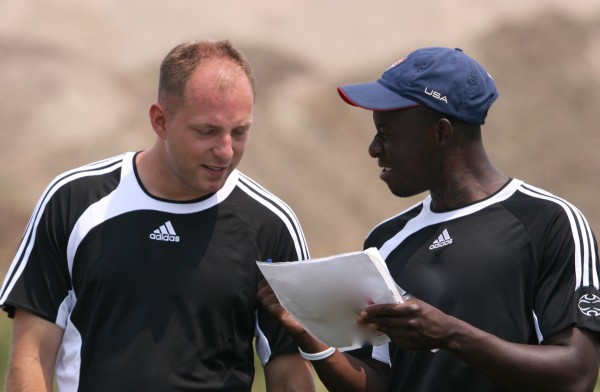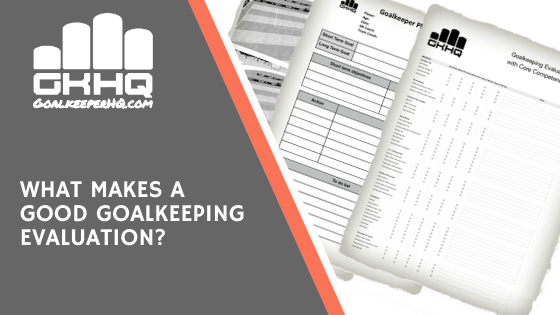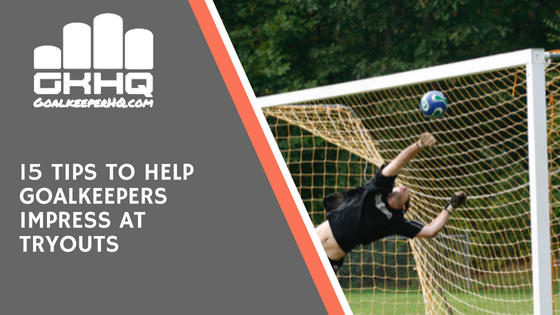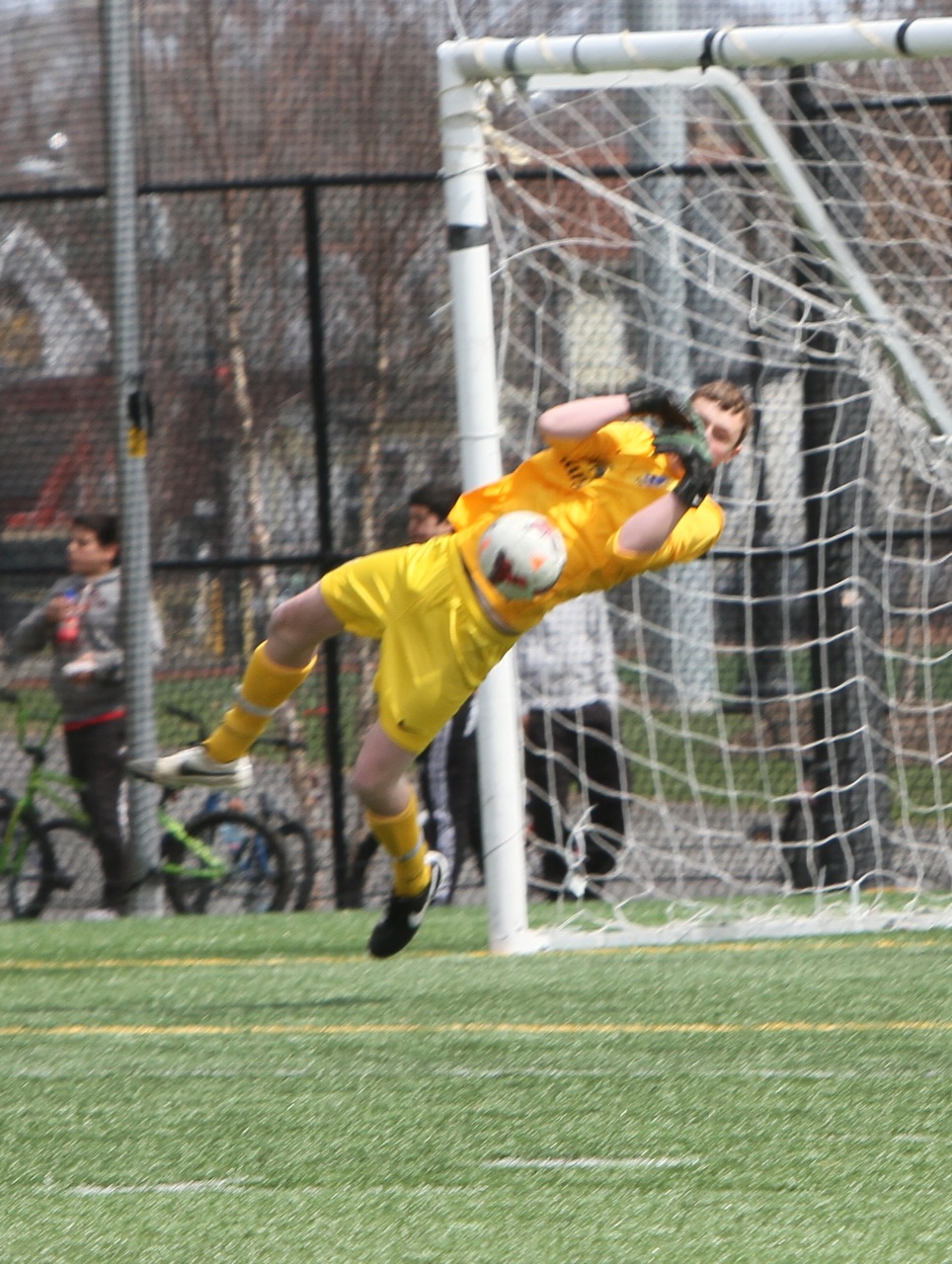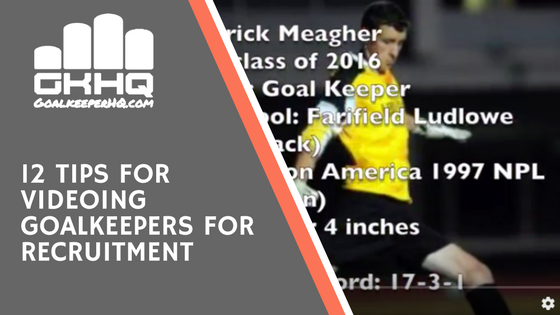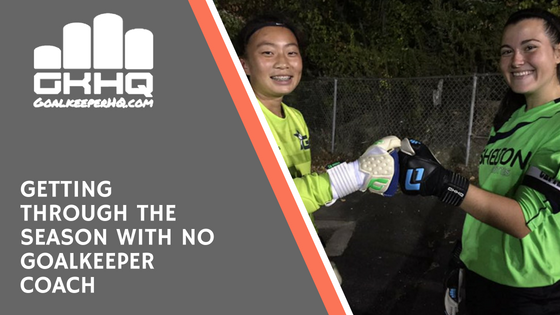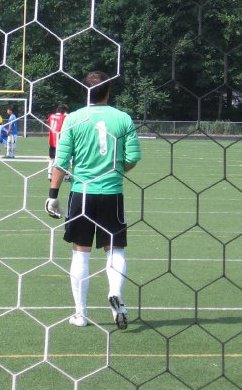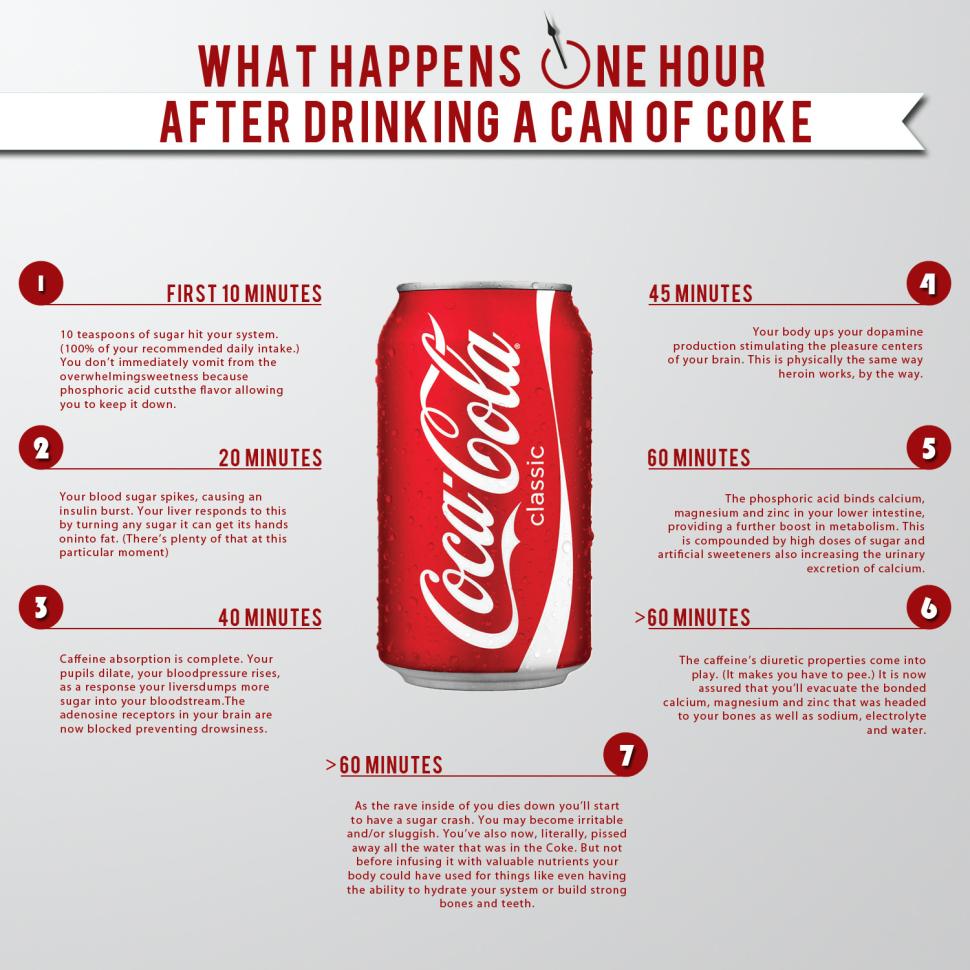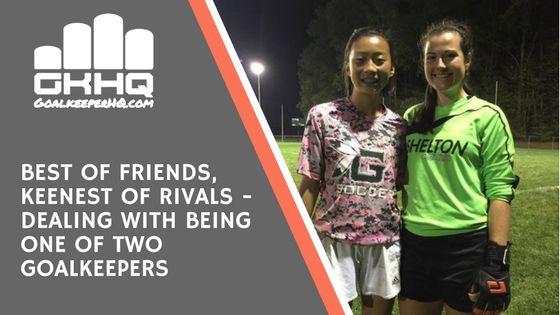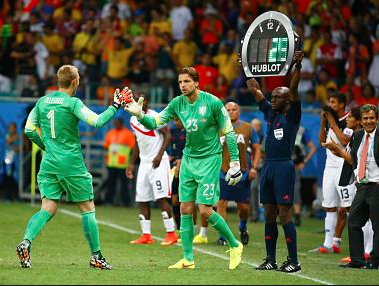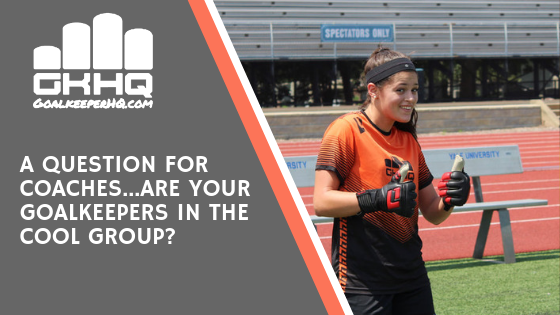Having filled out the evaluations and gone through the self-analysis sheets, I wanted to share some thoughts on what it actually takes for goalkeepers to get top marks in different aspects of the game.
I believe that many players and parents are unaware of what is needed to really be a top-class goalkeeper.
The key to being a top goalkeeper is successful consistency in as many of the goalkeeping core competencies as possible… therefore, our evaluations are graded on how often a goalkeeper does each competency.
See below to see if you actually meet the criteria. Evaluation is marked on how often the goalkeeper does each competency – All the time, most of the time, half the time, some of the time or none of the time. If the score is none of the time, it may be because the goalkeeper has not yet been taught this aspect or does not understand what is being asked of the goalkeeper in that situation.
You can see the Tactcal sheet here
You can see the Physical elements here
You can see the Psychological sheet here
TECHNICAL:
Set Position / General Handling – In the ready position prior to making the save. Changes stance from being ready to intercept/claim to shot-stopping. Thrown / Kicked service. All heights.
What would be a 5: – Making sure that Goalkeeper uses the correct method various set positions for 1) Saving shots, 2) winning a race to the ball 3) delaying the opposition. Correct hand shapes every time in both practice and games. Able to execute contour, side contour, basket, scoop, and front smother cleanly without the need for a second save from service the power of that from players’ own age.
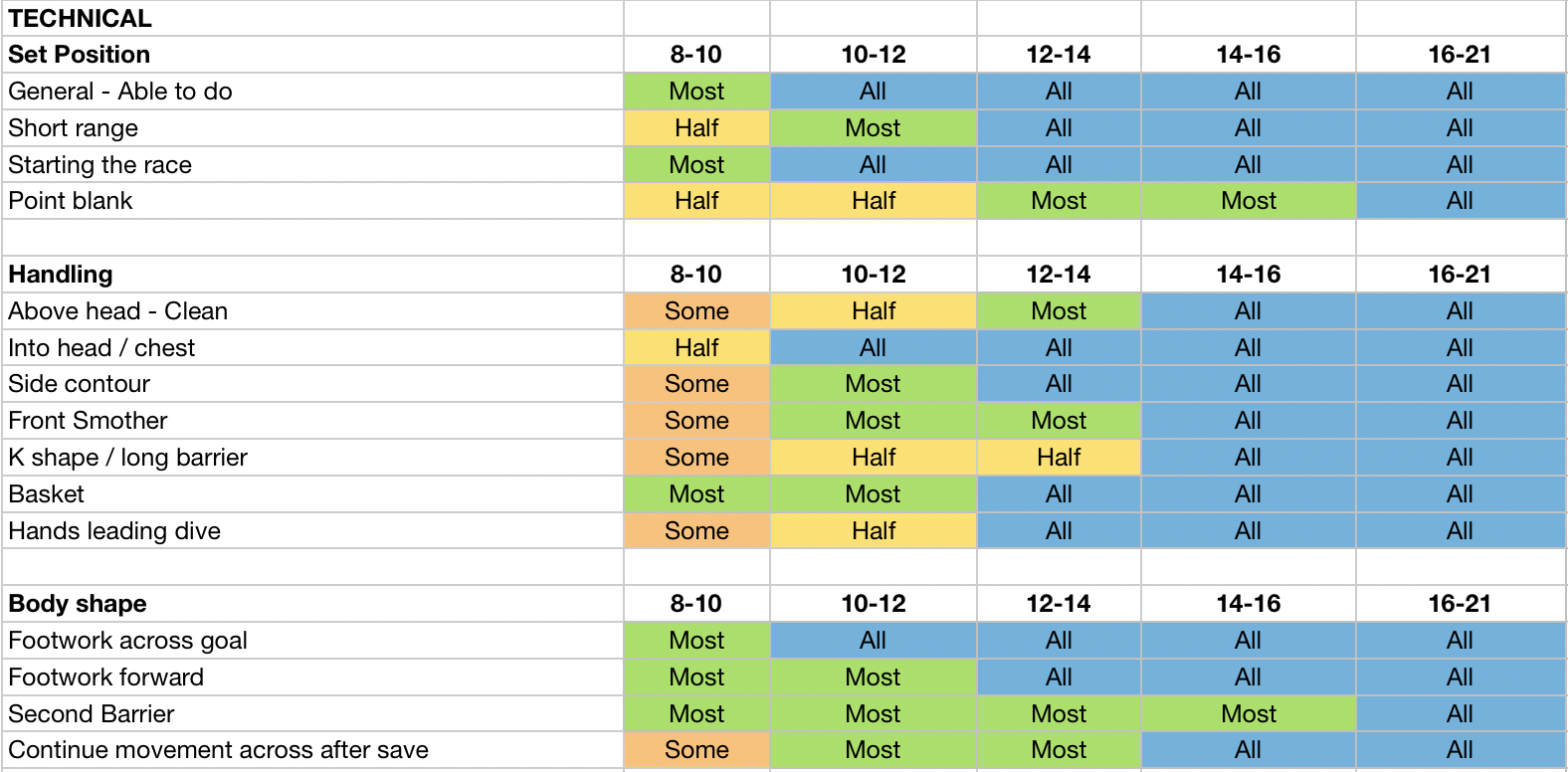
Shot stopping – The ability to keep the ball out the net, Decision to catch, parry or tip), ability to make the second save if necessary.
Although you won’t be able to keep every shot out there has to be the responsibility to stop the ball. Any shots that hit the back of the net as opposed to the side netting which will likely be a good shot. Good execution of the decision to catch, tip or parry.


Diving Technique – Correct placement of the nearest foot, Two hands leading, Bodyweight forward, Elbows out. Collapsing save, step & save and power step.
All of the above determine positive or negative points that ultimately affect the effectiveness of the dive.

Angles & Positional Play – Cover the near post, Ability to get into and up the line ( ball line ), Save in mini-goals within a game-size goal.
Getting beat at the near post is a definite no. Closing down forwards to make point-blank shots and the decision to come out to narrow the angle or stay on your line to react to the save. The position of the goalkeeper when the ball is wide is also taken into account. Namely the position of the goalkeeper in the “Three goal situation” of collecting crosses.

1 v 1 – Diving on the correct side, Stay on feet until last moment, Closes forward down, adopt Gate or Stalk position, Stopping opponent from going around.
The ability to come away with the ball when it is either a through ball ( played by another player ) or breakaway ( one player on his or her own ) 1) Collect cleanly 2) Make a point-blank save 3) Delay

Distribution – Dealing with a back pass, support & availability, control & increased range of passing with both feet, All techniques of throwing, Goal Kicks, Volleying. Half Volley.
We are looking at the consistency in which the goalkeeper can complete passes of the following to a degree that does not create any issues for the team and also has at least one distribution technique that is a real asset to the team. All of which should be done at the correct tempo.
Around = short pass, wide and around oncoming forwards.
Through = A medium pass through the middle of two or more oncoming players
Into = Medium to long pass into the feet of wide players, having gone over attacking players
Onto = Long pass onto the body of a forward who is up the field.
Over = Over the heads of the defense and forward so that your team can attack with opposition defenders facing their own goal.
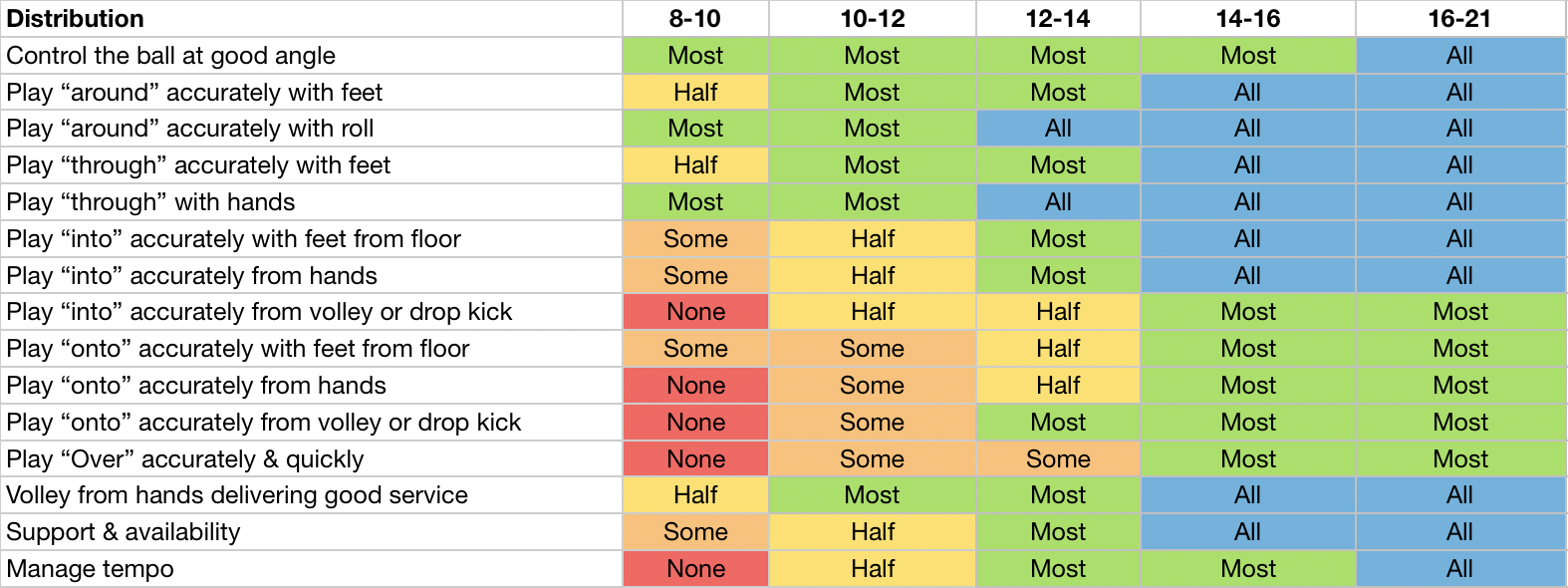
See my post on What makes a good goalkeeping evaluation?
